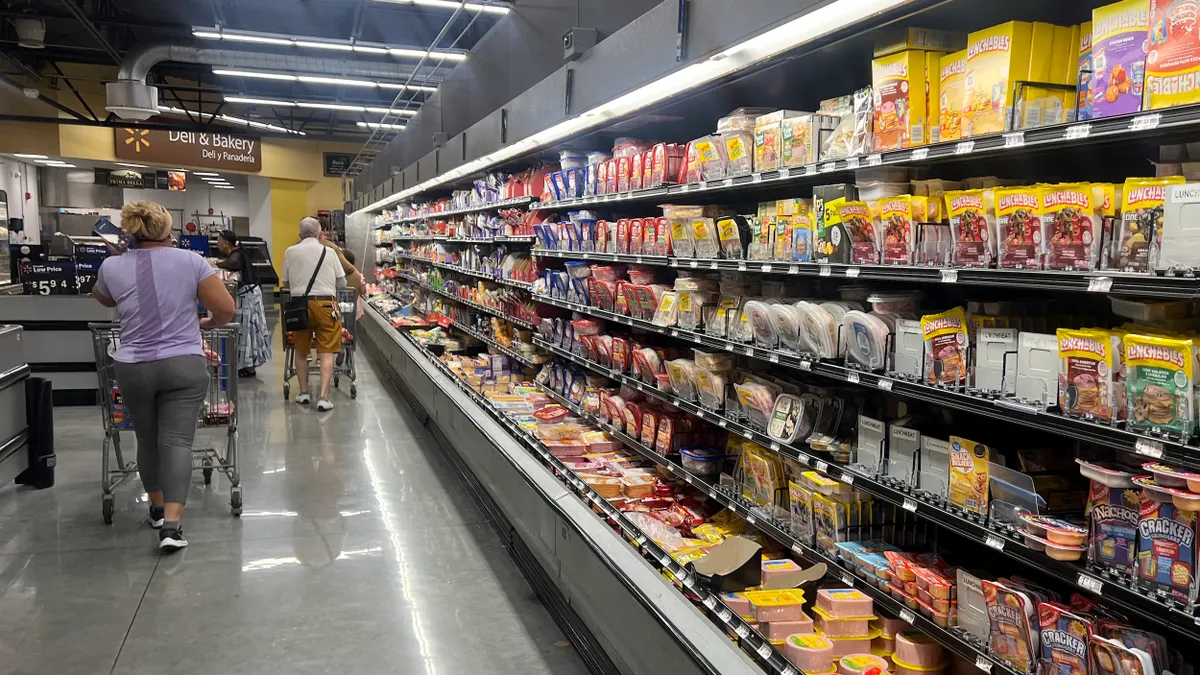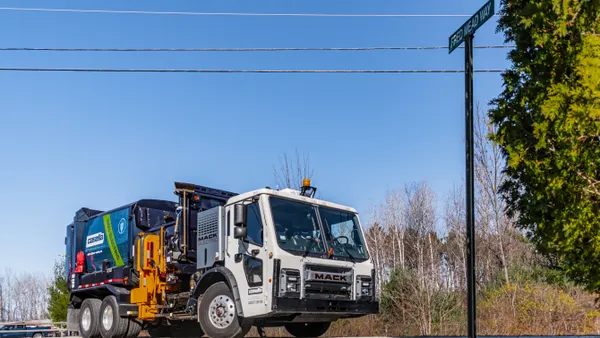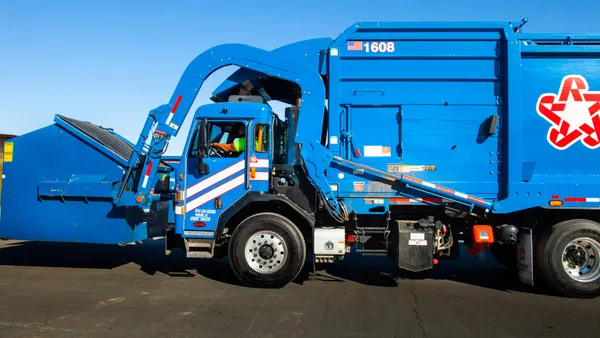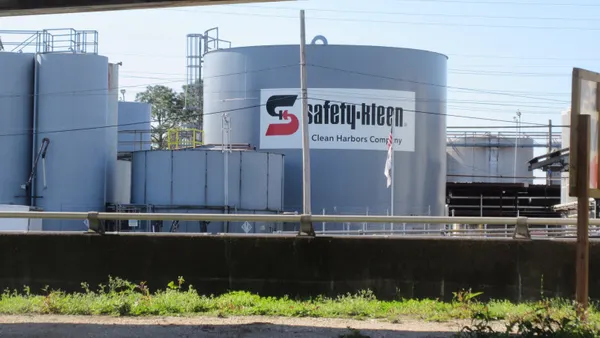Q2 Earnings
| Revenue | $454M |
| YoY Change | 7%▲ |
| Adjusted EBITDA | $103M |
Covanta's latest numbers kept up a positive trend for 2018, with 5% volume growth and 3% pricing improvement YoY, and a reaffirmation of annual guidance. According to remarks from CEO Stephen Jones on the latest earnings call, "several of the largest plants are positioned to reach record waste and energy volumes" and "things are moving along very nicely."
Money Moves
As this all plays out, the Covanta team is working to realign business on multiple fronts to keep that momentum going.
-
Revenue from Covanta Environmental Solutions (CES) increased by 14% to $37 million, including a 9% increase in profiled waste revenue. Covanta recently received its third permit to handle medical waste, viewed as a growing and lucrative line of business.
- This month, the company sold equity interests in a Washington hydroelectric facility for approximately $12 million. "We also have a number of other smaller assets that we hope to monetize in the coming months," said Jones.
- Along those lines, Covanta has decided to close a 550 ton-per-day WTE facility in Warren County, New Jersey. While Jones recognized that "the facility has run consistently well," he said "the market for tip fees and the market for power is just not good and we didn’t see it changing anytime soon." Proximity to a county landfill created additional competitive pressure.
With prospects for new WTE facilities in the U.S. seen as limited and energy prices currently down, Covanta continues to adapt its existing assets while pursuing expansion overseas. Since he started in 2015, Jones has been looking at which of the company's facilities perform the lowest in terms of EBITDA or free cash flow and is now "starting to make some of the harder decisions."
Another factor in that realignment will be if and when Covanta decides to start displacing tons of MSW for more profitable profiled waste. The company isn't quite halfway toward processing the annual 2 million tons of profiled material that would prompt that call. As it continues reviewing the financial performance of various facilities, the ability to take more of this material through medical waste permits or other arrangements could also help change the equation.
Metals Markets & China
Covanta's metals recovery business is an area of growing focus, generating $25 million during Q2 from 119,000 tons of material. Multiple evolving trade disputes with China are expected to change that outlook — likely for the better — and are also beginning to show up in other ways.
- Both price and volume were up for ferrous sales. Jones noted that "steel tariffs have resulted in improved pricing for U.S.-made finished steel and are driving higher utilization of domestic mill capacity."
- Non-ferrous sales also saw similar growth, though will be affected differently. While aluminum often remains domestic, Covanta historically sent about 20% of its nonferrous material — mainly copper, brass and zinc — to China. That has now shifted to European markets and will likely require a different sales strategy going forward.
- Effects from China's previous scrap import restrictions have also begun to pop up at certain facilities. Jones said some have seen a small increase in the amount of recyclable paper and plastic, causing the "BTU content to creep up a little bit" at a "handful of plants." Labor has been redirected to monitor tip floors for this material, as Covanta isn't interested in displaced recyclables.
Looking Ahead
The Q2 call had numerous other updates on Covanta's business that will play out in the months and years ahead.
- The company is awaiting final permit approval for its total ash processing system (TAPS) facility in Pennsylvania, but still aims to begin operations in early 2019. Jones said this centralized TAPS site will allow more flexibility for metals sales. "...We have the ability to react to whatever happens with China or any of the other end markets. We can sell domestically. We can send it East. We can send it West."
- This year, Covanta plans to invest $20 million in "organic growth projects" — mainly CES, material processing facilities, and metals recovery — along with $15 million for the 2019 opening of a marine transfer station in New York. Jones also expects to have four new WTE facilities under construction in Europe by 2020 through various partnerships.
- Energy revenue was up, but prices were down and that trend is expected to continue. Though two new power purchase agreements (PPA) show this side of the business is still fluid. The first was just a one-year agreement in Fairfax, Virginia, but the second was a 15-year deal at a facility in Marion County, Oregon. Jones said a PPA of that length was rare in today's market.













